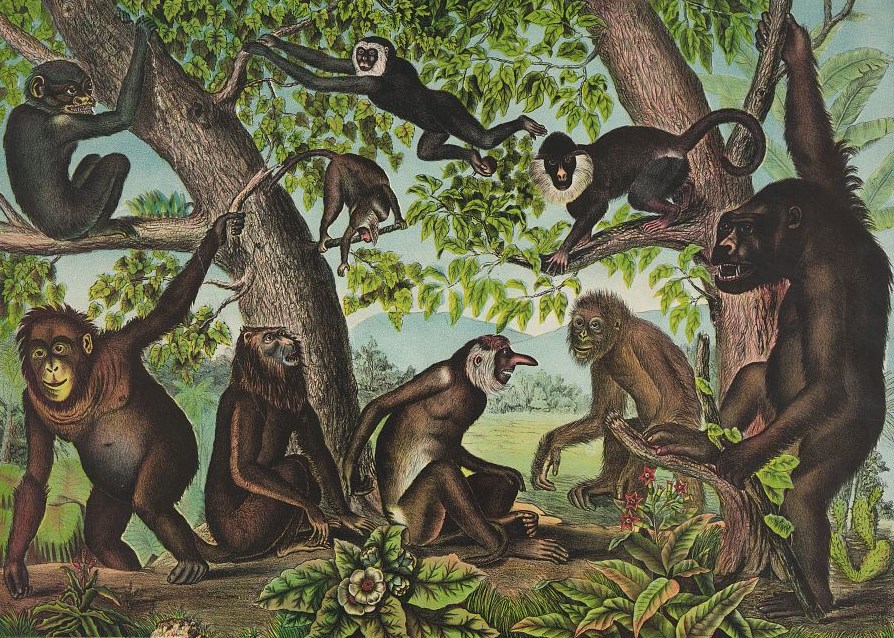Hominins

Hominins, of which only one species—Homo sapiens—currently exists, are members of the family Hominidae. In this unit, students will learn about extinct hominin species and gain a general understanding of what anthropologists have been able to discern about our ancestors and other hominin species.
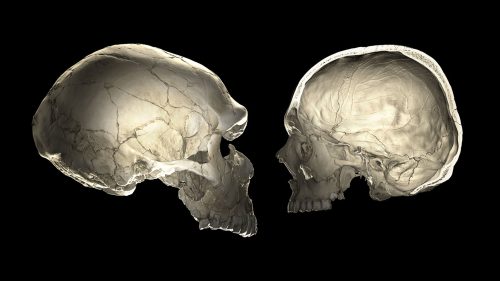
Were Neanderthals More Than Cousins to Homo Sapiens?
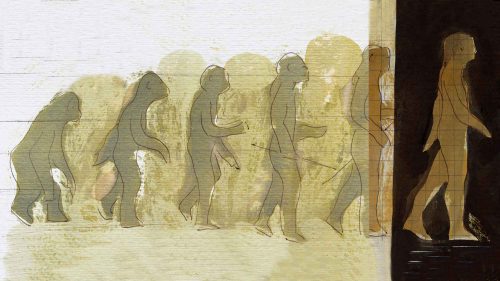
Unraveling the Mystery of Human Bipedality

How Women Shaped Human Evolution Through Food Processing

To Raise Children, We Must First Raise Parents

Best of SAPIENS 2024

Phantom Vibrations of a Lost Smartphone

Are People Projecting Racist Stereotypes Onto Squirrels?

How Water Insecurity Impacts Women’s Health

Five Questions for Agustín Fuentes

How Societies Morph With the Seasons

Ancient Tools in East Asia Reveal Middle Paleolithic Innovation

Connecting Local Communities to Paleoanthropology in Kenya

Were Twins the Norm in Our Primate Past?
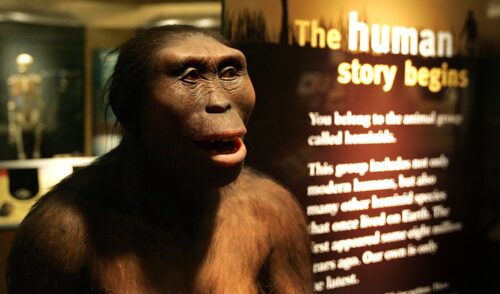
Lessons From Lucy

Were Twins the Norm in Our Primate Past?

The Vanishing Traces of Our Earliest Ancestors in Indonesia

Lessons From Lucy

Unraveling a “Ghost” Neanderthal Lineage
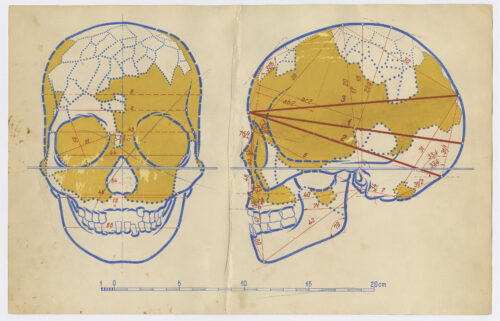
Learning From Snapshots of Lost Fossils
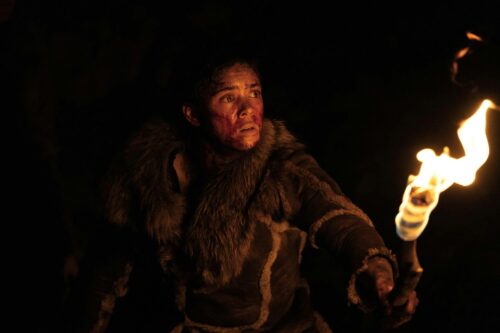
How Accurate Is the Stone Age Thriller Out of Darkness?
- Some features that distinguish hominins from other primates include: upright posture, bipedal movement, larger and smarter brains, specialized tool use, and communication through language (in some cases).
- As great apes, humans are part of the family Hominidae and part of the tribe Hominini, which includes modern humans, extinct human species, and our immediate ancestors. (NOTE: Students should be made aware that “tribe” is a taxonomic term that refers to a classification level of groups between subfamily and genus, not a social grouping of humans.)
- Archaeological and biological anthropological research continue to identify different species of hominins and uncover new insights on evolutionary processes that tell us more about modern humans and the lives of our ancestors.
-
Pontzer, Herman. 2012. “Overview of Hominin Evolution.” Nature Education Knowledge 3 (10): 8.
-
Zollikofer, Christoph Peter Eduard, and Marcia Silvia Ponce De León. 2013. “Pandora’s Growing Box: Inferring the Evolution and Development of Hominin Brains From Endocasts.” Evolutionary Anthropology 22 (1): 20–33.
- What does the discovery of Homo luzonensis and the hypothesis about its behavior tell us about hominin life and movement at the time of that species’s existence?
- Make a rough timeline of the appearance of the defining traits of hominins (using http://humanorigins.si.edu/human-characteristics and http://humanorigins.si.edu/evidence/behavior). What evidence supports the order you have constructed?
- What is the significance of studying hominin brains? What can we learn from new findings about our ancestors and ourselves?
- What do Homo sapiens have in common with other hominins? What sets us apart as a species? Why might we know more about what makes us different than about what we share?
- Find inspiration in the Smithsonian Institution’s lesson plans.
-
Article Series: SAPIENS’ Neanderthal Series and Interactive Graphic
-
Video: American Museum of Natural History’s “Seven Million Years of Human Evolution”
-
Website: Smithsonian Institution’s Human Origins
-
Website: NOVA’s Who’s Who in Human Evolution
Eshe Lewis (2020)
Nonhuman Primate Diversity
